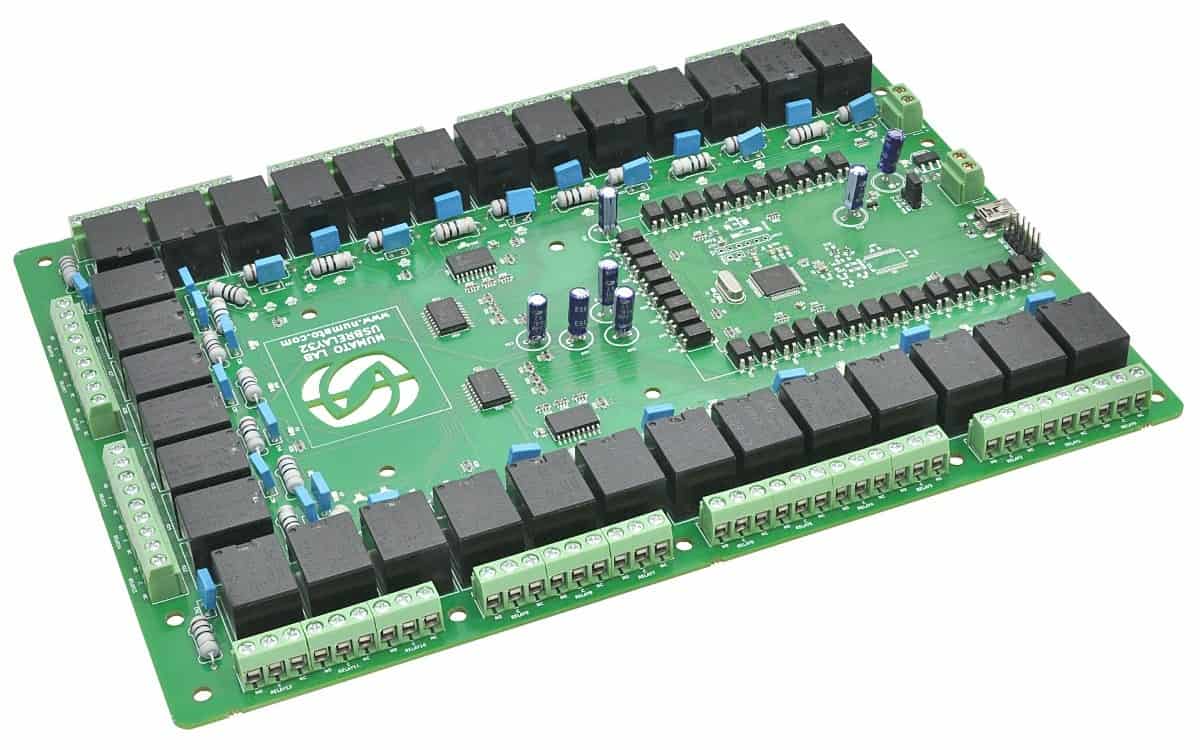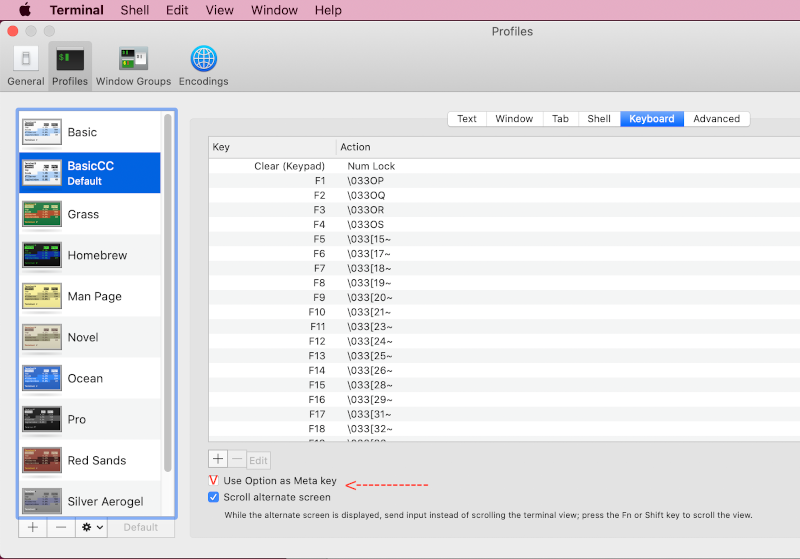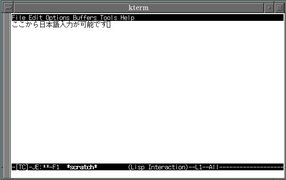
- #EMACS FOR MAC OS X XTERM INSTALL#
- #EMACS FOR MAC OS X XTERM PATCH#
- #EMACS FOR MAC OS X XTERM FULL#
- #EMACS FOR MAC OS X XTERM CODE#
- #EMACS FOR MAC OS X XTERM WINDOWS#
You can do a quick preview of an image with imgcat, which outputs the picture to your terminal: Some of my favorite commands to run on the remote host are it2ul to upload a file, itdl, which downloads a file. You can do that under the iTerm2 menu, here: ITerm2 comes with some installable scripts you can put on the remote computer that make it quite useful. If you use company-mode (and who doesn’t?), typing a colon and the first two letters of the emoji’s common name will yield this:įile transfers and remote image display in iTerm2 sessions
#EMACS FOR MAC OS X XTERM INSTALL#
Install emojify and company-emoji from the MELPA repository.
#EMACS FOR MAC OS X XTERM FULL#
ITerm2 supports the full range of Unicode (provided you have the fonts installed), including emoji.
#EMACS FOR MAC OS X XTERM CODE#
For instance, one frame has all the IRC channels I am watching, another frame has Slack channels I am on, another frame will be the current code files I’m editing, another frame is where I am comparing source code with git, and so on.

Since I like to have a lot of half-screen buffers open at once and I switch between them a lot, I bind other-frame to F12. Press C-x 5 o again to switch back to the second frame. This sends you back to the frame you were on previously. Now, press C-x 5 o (Control-X, then 5 and the letter o). You will now see a new screen with the buffer you were working on displayed in full. Now press C-x 5 2 (which is Control-X followed by 5 then 2).
#EMACS FOR MAC OS X XTERM WINDOWS#
Use C-x C-b or C-x b to switch one of the windows to another buffer, like Messages Then press C-x 2 to split the window horizontally. The buffer that you were working on is still around, but no longer visible.Ĭ-x 1 will wipe all the other Emacs frames you’re not looking at. Emacs will add a full-screen window to the frame and use the buffer of whatever you had focused on in the previous frame.Ĭ-x 5 o will cycle frames (or M-x other-frame)Ĭ-x 0 deletes the frame you’re looking at.

These behave like screen/tmux screens.Ĭ-x 5 2 creates a new frame. Emacs FramesĮmacs in terminal mode makes frames a very useful feature. Powerline will now render with proper separators.
#EMACS FOR MAC OS X XTERM PATCH#
Go to the Powerline font patch site on GitHub and install the fonts on your Mac, and switch iTerm2 to use one of the “(Font Name) for Powerline” fonts. You can now resize Emacs windows using your mouse, as well as clicking on hyperlinks (but you don’t NEED a mouse to do that, don’t you?) Rendering Powerline arrows in iTerm2 Try this in your ~/.emacs file: ITERM2 MOUSE SUPPORTĪnd then make sure you enable mouse support in your iTerm2 connection profile, like this:

ITerm2 has some notable features, namely:


 0 kommentar(er)
0 kommentar(er)
